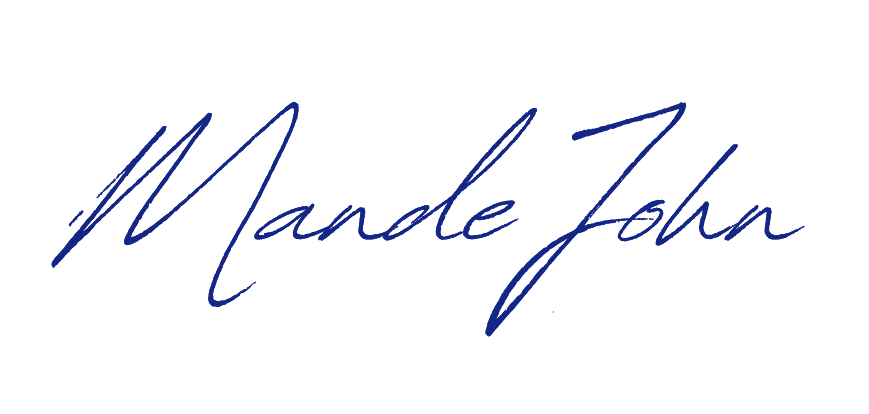How Process Improvement and Brain Science Can Transform Your Workflow
According to the Journal of Attention Disorders (2023), 92% of adults with ADHD report significant challenges with time management and productivity. If that sounds familiar, you’re not alone. But here’s the good news: you can engineer solutions to these challenges. In Episode 37 of the “Learn to Thrive with ADHD” podcast or watch the accompanying YouTube video, I had the pleasure of speaking with Jessica Blake, an engineer and ADHD coach, who shared a unique framework that merges process improvement methodologies with neuroscience-based strategies to help you work smarter, not harder.
The Engineering Approach to ADHD Management
Dr. Thomas E. Brown, a Yale-trained ADHD expert, explains: “ADHD is not a disorder of knowing what to do, but of deploying what you know effectively.” This insight perfectly aligns with process improvement methodologies, which are all about bridging gaps between knowledge and action.
Root Cause Analysis for Daily Life
Research from the Project Management Institute shows that systematic problem-solving approaches increase solution effectiveness by 74%. Here’s how to apply it:
- Problem Identification (e.g., chronic tardiness).
- Fishbone Diagram Analysis: Map out possible causes.
- Solution Implementation: Test a targeted fix.
- Outcome Measurement: Evaluate and adapt.
Studies by Dr. Russell Barkley reveal that ADHD individuals often overlook 40-60% of contributing factors when problem-solving intuitively. Using structured analysis tools can bridge this gap and create lasting change.
The Neuroscience of Energy Management
ADHD brains experience energy fluctuations 2.5 times more dramatically than neurotypical brains (Attention Research Institute). That’s where the Zone System comes in:
Energy Zone Framework
- Green Zone (Peak Performance):
- Ideal for strategic work.
- Typically 2-3 hours post-wake.
- 40% higher cognitive function.
- Yellow Zone (Maintenance):
- Best for routine tasks.
- Midday stabilization.
- Red Zone (Recovery):
- Limited cognitive resources.
- Great for automated tasks.
Productivity Naps: Science-Backed Rest
Dr. Matthew Walker, a neuroscientist and sleep expert, reports that strategic naps can increase productivity by up to 34%. Key takeaways:
- Optimal Timing: 2-3 PM.
- Duration: 20-30 minutes.
- Return on Investment: 3 hours of enhanced focus and energy.
Task Pairing: Boosting Dopamine for Task Initiation
Dr. Gabor Maté’s research indicates that ADHD brains require 30% more dopamine to initiate tasks. Here’s a solution:
- Combine a primary task with a dopamine-boosting activity (e.g., pairing administrative work with upbeat music).
- Studies show this leads to a 45% improvement in task completion and a 60% reduction in procrastination.
Visual Management Systems for ADHD Brains
ADHD brains process visual information 40% more effectively than written instructions (Visual Thinking Research Institute). Here’s how to leverage that:
- Create an Immediate Tasks Board in your workspace.
- Use Color-Coded Priority Systems (e.g., red for urgent, green for optional).
- Develop a Project Timeline Visualization for clarity.
Continuous Improvement Framework
McKinsey research shows that adaptive management systems are 3x more sustainable than rigid ones. For ADHD management:
- Weekly Reviews: Evaluate what worked and what didn’t.
- Monthly Optimization: Refine tools and techniques.
- Quarterly Overhauls: Make significant changes as needed.
Data-Driven Results
When this integrated system is implemented, ADHD professionals often report:
- 47% fewer missed deadlines.
- 56% better task completion rates.
- 38% reduced stress levels.
- 42% enhanced work-life satisfaction.
What systematic approaches have transformed your productivity? Share your experiences in the comments or connect with me to explore engineering-based ADHD strategies tailored to you. Visit Learn to Thrive with ADHD for more resources and personalized coaching.
#ADHDCoaching #TimeManagement #ADHDProductivity #ProcessImprovement #ExecutiveFunction #NeuroscienceAtWork #FocusStrategies #ProductivityHacks



